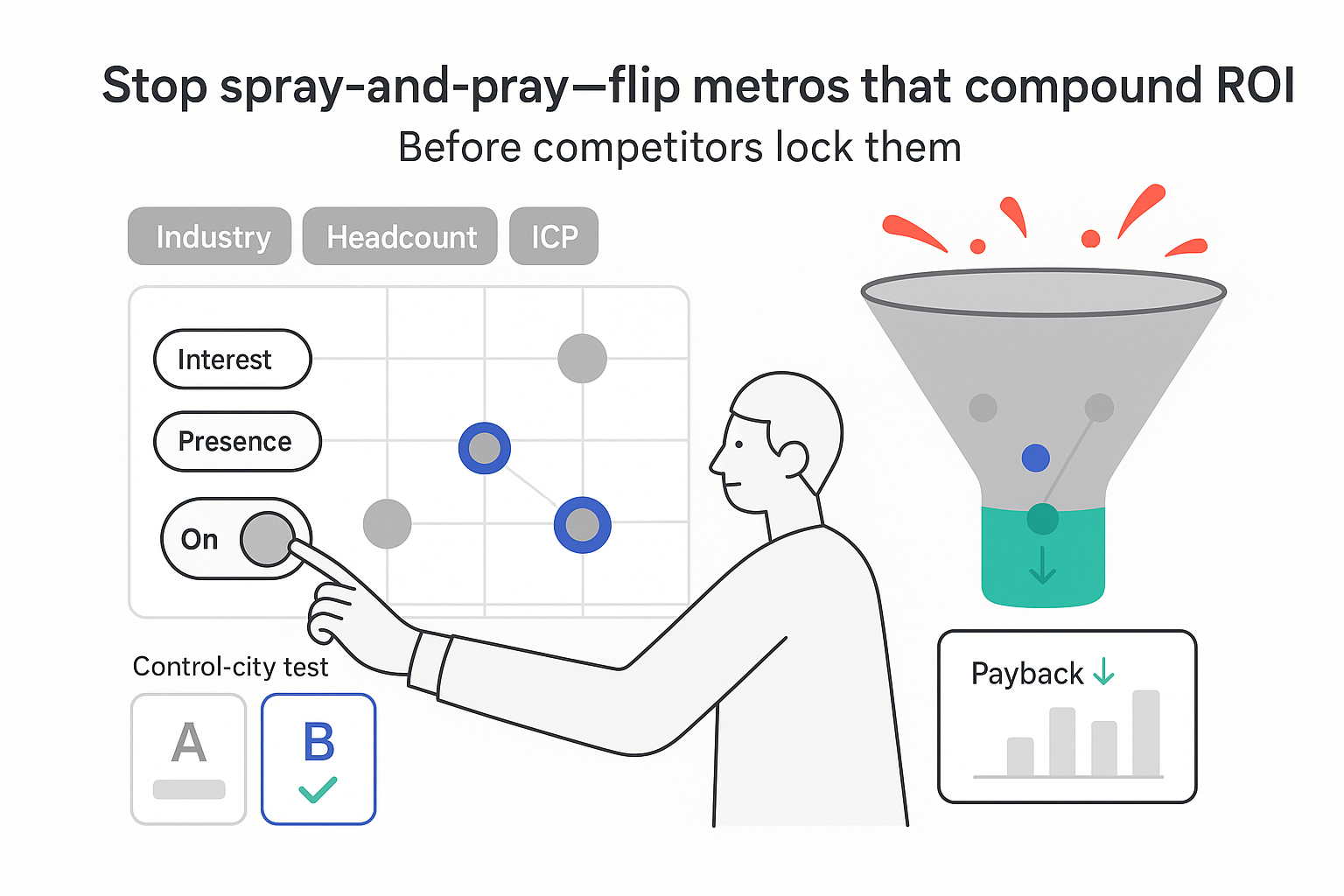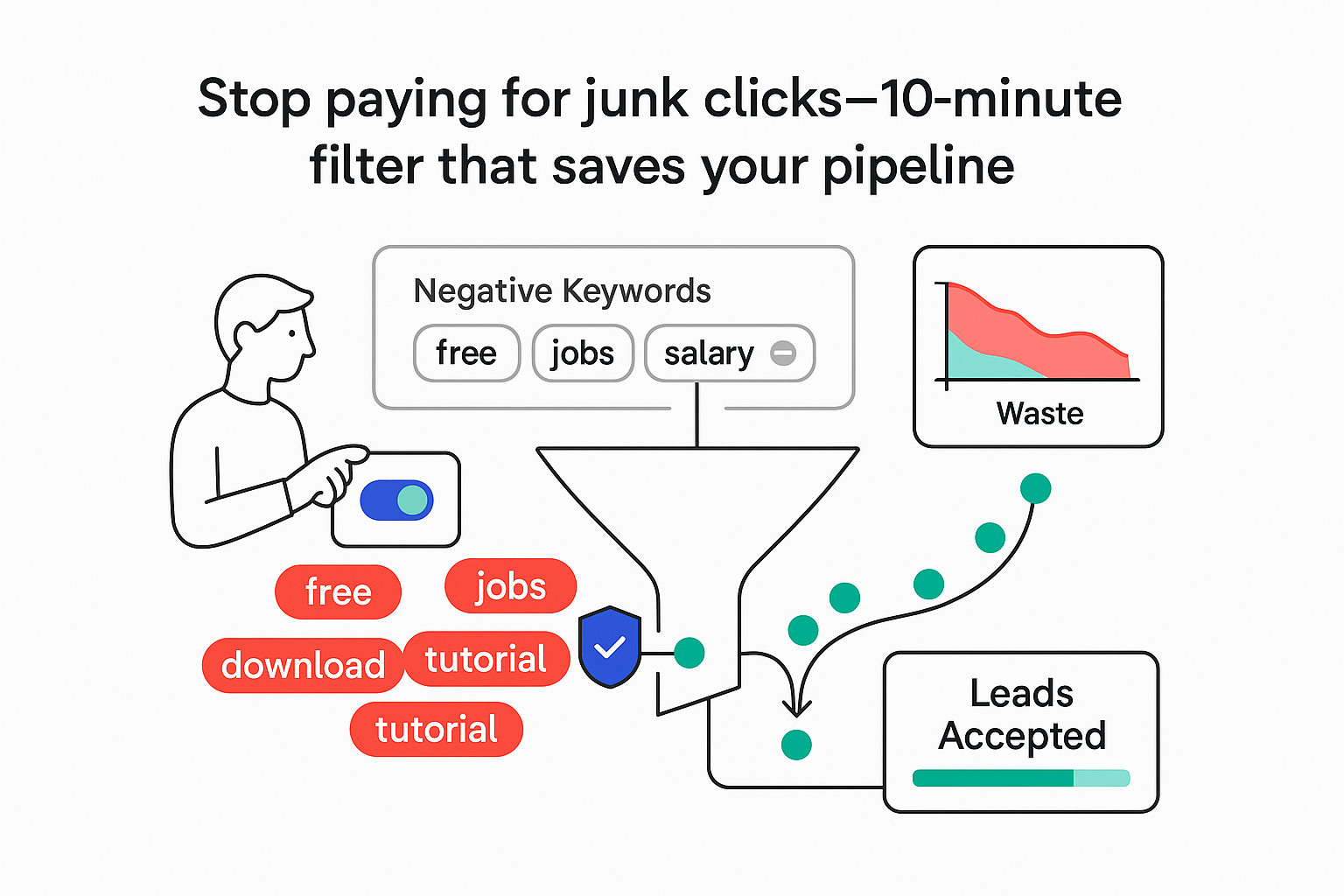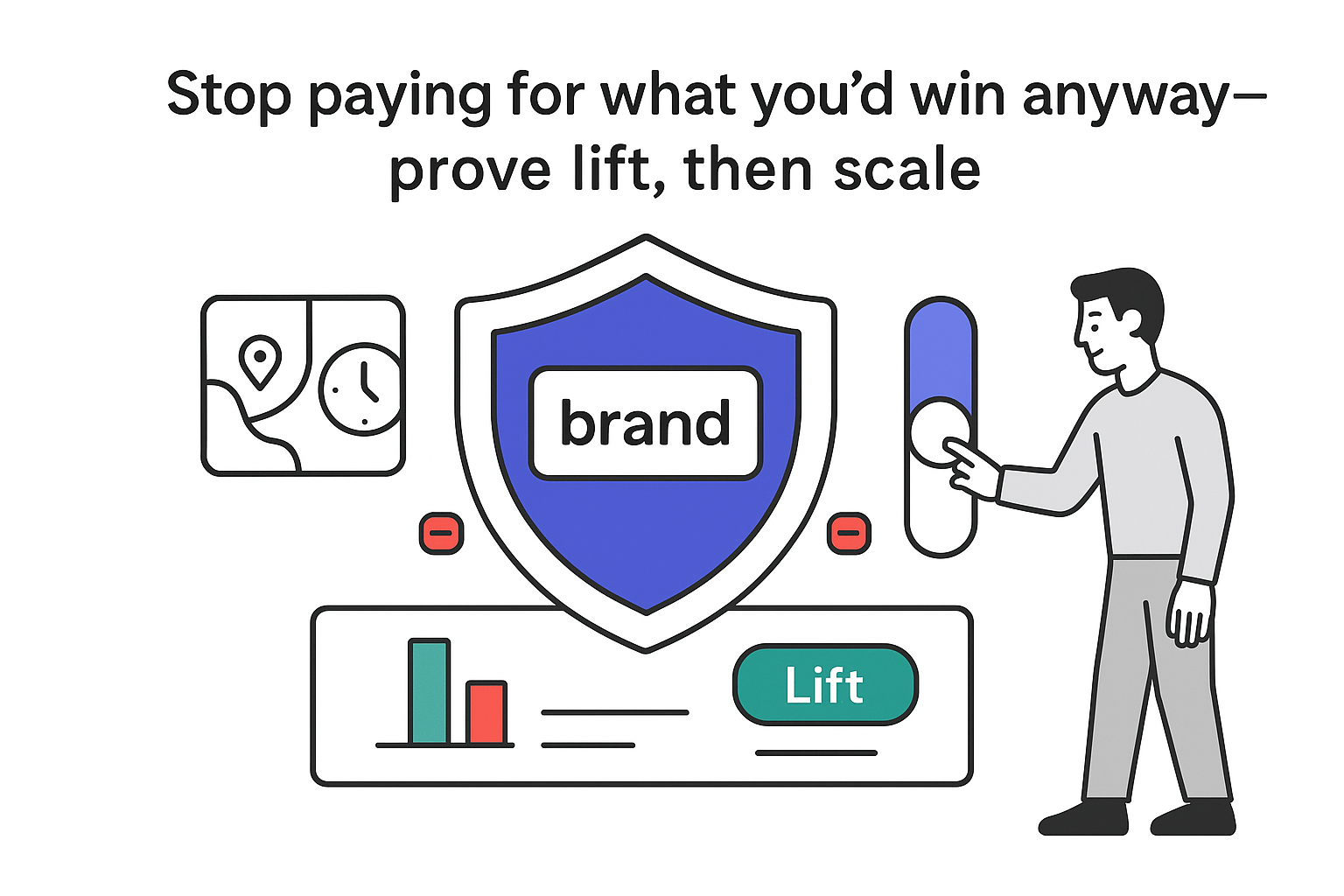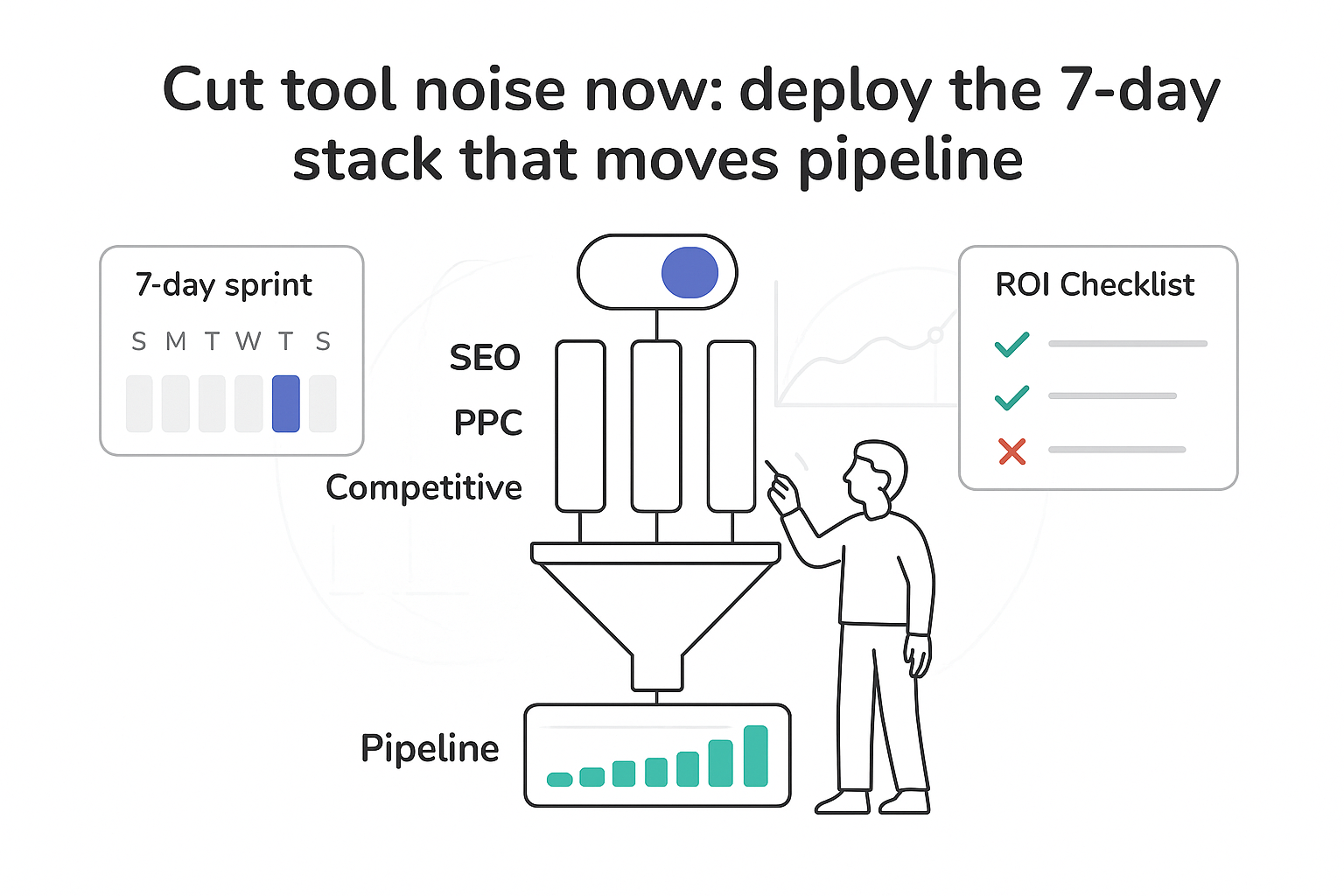You want growth that doesn’t depend on rising ad costs, but you also want proof you’re not waiting forever. Fair. Here’s the straight talk on how long SEO takes when you run a B2B service company, why the months matter, and how to make those months count. I’ll keep it practical, metric-first, and built around your pipeline reality.
How long does SEO take for B2B services?
If you’re asking how long SEO takes, here’s the B2B answer I use to plan: expect directional movement in 60-90 days, first pipeline lift in 3-6 months, and compounding ROI at 6-12 months. That assumes a clean technical base, a focused roadmap, steady content and links, and a typical B2B buying cycle with multiple stakeholders and higher deal sizes. That range also mirrors industry surveys and benchmarks that commonly report meaningful improvements by months 3-6 and clearer ROI in months 6-12.
Shorter buying cycles? You may convert earlier. Longer cycles? You’ll see leading indicators before revenue. Either way, the work compounds. Think of SEO as a flywheel that accelerates when friction drops and inputs stay consistent. If you need to socialize this internally, here’s how to explain SEO to leadership.
TL;DR for the boardroom:
- Time to first qualified lead from organic: 60-120 days in most mid-competition niches
- Time to first SQL from organic: 90-150 days, depending on sales cycle length
- CAC trend: CAC typically bends down by months 4-6 as non-branded traffic grows and conversion pages tighten
- Early proof signals: faster indexing, rising impressions, non-branded clicks, rankings moving into the top 20, then top 10
- Revenue ramp: 6-12 months for clear ROI, faster with strong brand search and existing content assets
Why the SEO timeline takes months
- Crawling and indexing aren’t instant. Recrawl speed depends on site health, internal links, and change frequency. New pages can index in hours or weeks. Help search engines crawl your site and enter a search engine’s index faster by fixing technical quirks.
- Authority grows with quality links over time. Natural link velocity matters. Digital PR and citations follow editorial calendars measured in weeks and months.
- Content improves with iteration. First drafts rarely win tough B2B queries. Publish, monitor, refine intent and headings, add proof, improve internal links. You climb.
- B2B buying committees add lag. Even with fast rankings, leads research longer and book later. Add 1-3 months of sales time and the lag makes sense.
The compounding effect is the reward: better internal links improve crawl priority, stronger CTR nudges rankings, and case-led proof boosts conversion. One win feeds the next. According to Matt Cutts, domain factors and patience also play a role in how quickly results show up.
What a healthy B2B SEO timeline feels like
- Weeks 1-4: audit, fixes, tracking. Crawl errors drop. New pages index faster. Baseline dashboards confirm clean data. Impressions move first.
- Weeks 5-8: early ranking shifts. A few target pages break into the top 30. Non-branded clicks tick up. Titles and metas tuned for CTR show a lift. Branded search may lift if you ship credible thought leadership.
- Months 3-4: top 10 footholds. First BOFU pages begin to rank. Internal links and schema clarify purpose. Case study hubs and service pages get more sessions. First qualified leads appear.
- Months 5-6: pipeline impact. Several targets sit in the top 5-10. Snippets and People Also Ask placements show up. Non-branded organic becomes a visible slice of SQLs. CAC trend bends down.
- Months 7-12: compounding. Topic clusters expand. Higher-authority links land. Share of voice rises in core categories. You start winning head terms you couldn’t touch before.
If you’re in a highly competitive niche or launching a brand-new website, shift each block later by one cycle. If you already have a strong domain and proof assets, shift earlier.
Factors that set your timeline
Two buckets decide speed. If either lags, timelines drift; if both pull together, velocity feels predictable.
Business realities that set the speed limit
- KPIs that matter: I track SQLs, pipeline value, win rate, CAC, and LTV. I watch non-branded clicks and rankings, but I judge success by sales outcomes. Agree on definitions early so no one moves the goalposts mid-quarter. See What are SEO KPIs?
- Industry competitiveness: fields like cybersecurity, fintech, marketing, or legal services attract heavy content and link investment. Timelines stretch unless positioning and content depth are precise. A quick read on competitors via a Domain Checker helps set expectations.
- Budget and resourcing: investment doesn’t buy rankings, but it funds the work. Writers with domain expertise accelerate drafts, and dev support clears technical debt faster. If your team can only ship one page a month, plan accordingly. For context, see How Much Do SEO Agencies Cost?
- Decision speed: comp tickets that sit or content approvals that stall slow everything. A weekly decision rhythm keeps momentum.
- CMS and site constraints: rigid templates, slow hosting, or limited control over schema, internal links, or metas will drag the timeline.
- Content velocity and quality: thin posts and generic service pages won’t move tough B2B terms. Ship BOFU first, then surround with MOFU/TOFU that adds depth and proof.
- Strategy clarity: trying to win everything at once creates noise. Pick clusters and buyer journeys you can win. Ship a roadmap the team can execute.
- Readiness gut check: clean tracking, a clear ICP, prioritized pages, and the capacity to ship weekly will pull your timeline forward. Missing any of those pushes it back.
- Revenue alignment: build a dashboard that blends web analytics, search data, and CRM so you can see flow from query to revenue. Shared truth sustains momentum.
SEO levers that govern crawl, relevance, and trust
- Keyword competition: head terms are crowded; intent-specific long tails move faster and still drive revenue. Start where you can win.
- Search intent depth: B2B queries need comparisons, implementation details, compliance notes, and ROI proof. Match that depth to earn trust.
- SERP features: featured snippets, People Also Ask, video, and local packs siphon clicks. Target them deliberately when they matter.
- Competitor backlink moats: entrenched rivals can be beaten with tighter intent, focused PR sprints, and comprehensive topic coverage.
- Brand search volume: existing brand demand shortens time-to-trust. If low, publish case studies and thought leadership that earns mentions.
- Crawling and indexing health: fix crawl errors, redirect chains, duplication, and orphaning. Sitemaps and internal links help key pages get crawled more often. Brush up on technical SEO knowledge. If your site isn’t ranking, troubleshoot here.
- Backlink profile quality: aim for relevant, editorial backlinks from industry sites, reports, and podcasts. Avoid junk schemes.
- Domain history: older, clean domains move faster; new ones can win with patience and consistency. Migrations require a plan.
- On-page optimization: place primary terms in titles, H1s, early copy, and internal anchors. Keep URLs clean. Add schema where it fits.
- Core Web Vitals: improve LCP, INP, and CLS to reduce friction for both users and rankings.
Internal linking tip for B2B service sites: link from your top-traffic posts to service pages and case studies with anchors that match intent. Build hub pages per service and industry so authority flows to the pages that convert.
Make the months count
You can speed up results without shortcuts. I focus on high-impact, low-drama moves:
- Clear technical blockers first (crawlability and Core Web Vitals). Use Google’s PageSpeed Insights for SEO to prioritize fixes.
- Refresh proven assets: update stats, add examples, improve internal links, and retitle for higher CTR. Republish to trigger recrawl.
- Ship BOFU pages early: service, industry, comparison, pricing, and integration pages guide buyers who are ready now.
- Build topical clusters around each service. Aim for coverage, not fluff.
- Strengthen internal links from traffic hubs to conversion pages; mirror intent in anchor text.
- Add EEAT signals: expert authors, bios, citations, and case proof with outcomes.
- Run focused digital PR sprints around original data or expert commentary.
- Use paid channels to seed engagement on new content. Faster feedback improves CTR and can spark links.
An example 30-60-90 tempo:
- Days 1-30: fix technical debt; retitle top pages for CTR; refresh a handful of winners; publish two BOFU pages.
- Days 31-60: add schema where it fits; publish two case studies; add 10+ strategic internal links per priority cluster; start a PR sprint.
- Days 61-90: expand one cluster to 6-8 pages; capture a few snippets; tighten CRO on core pages; repeat PR.
If you consider an external partner
If I were evaluating an external partner, I’d look for:
- A clear diagnosis across technical, content, authority, and pipeline.
- A 90-day plan with owners, dates, and resourcing that my team can actually ship.
- Reporting that blends weekly leading indicators with monthly revenue attribution.
- Case metrics tied to non-branded traffic, top-3 rankings for revenue pages, SQLs, pipeline dollars, and sourced/assisted revenue.
- Transparent dashboards that tie keywords to deals in the CRM.
- A content process that meaningfully involves SMEs so copy has real expertise.
- A tempo that sustains weekly progress without micromanagement.
Evidence beats claims. Ask for it.
Quick answers for busy leaders
How can I get SEO results faster?
- Prioritize fixes that unblock crawling and speed.
- Improve titles and metas for CTR, especially on page-two rankings.
- Publish BOFU pages and link to them from existing high-traffic posts.
- Add schema and expert proof where it helps searchers.
- Run a short digital PR sprint and seed initial traffic to accelerate learning.
Should I stop SEO if it’s not working?
Not immediately. Run a 90-day triage: confirm tracking, check crawlability, reassess intent match and topical coverage, and fix slow shipping. Define kill criteria for tactics that don’t move leading indicators by 60-90 days. Iterate - don’t pause the entire program. If you’re tempted to stop your SEO efforts, review the expectations first. If your site isn’t ranking, troubleshoot fundamentals before calling it.
What budget do B2B companies need for SEO?
It depends on competition and speed. Lighter niches can move with modest, consistent content and light PR. Competitive fields need more content velocity, PR, and dev time. Consistency beats one-off spikes. For ranges and drivers, see How Much Do SEO Agencies Cost?
When will I see ROI from SEO in B2B?
Plan for a 6-12 month ROI window, with early signals earlier. By month 2, indexing and impressions rise. By months 3-4, non-branded clicks and rankings move. By months 4-6, SQLs appear and CAC trends down. By months 6-12, deals mature and revenue attribution becomes clear.
Which KPIs should I track monthly?
Non-branded clicks, share of voice in core clusters, top-3 rankings for priority pages, SQLs, pipeline dollars, sourced and assisted revenue, CAC trend, and CTR by page/query.
A final note, because it matters. The question “how long does SEO take?” shows up in every planning meeting. The unlock is pairing a realistic timeline with a plan you’ll actually ship. Fight for faster decisions. Publish content that proves you know the space. Earn links your buyers would actually read. Measure like an operator, not a blogger. Do that for a few quarters, and organic becomes the calm engine that scales without spiking costs. If you ever start to fear SEO, revisit your plan and progress markers.







.svg)